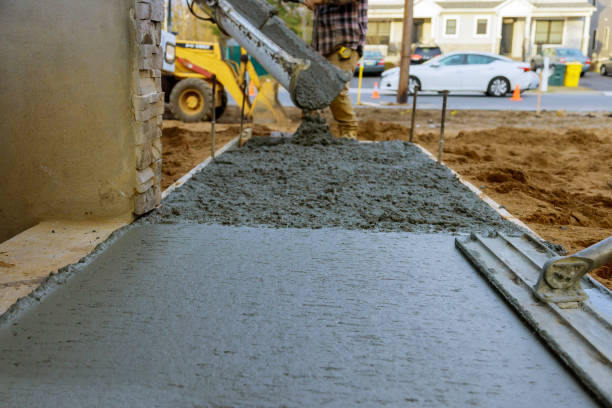A Bitcoin mixer, also known as a Bitcoin tumbler, is a privacy tool designed to increase anonymity and security when transferring cryptocurrency. As cryptocurrencies like Bitcoin become more widely used, the need for maintaining privacy and confidentiality during transactions grows. Here are the top reasons every crypto user should consider using a Bitcoin mixer for secure transfers. Firstly, enhanced privacy is one of the primary benefits of using a Bitcoin mixer. Every Bitcoin transaction is recorded on the blockchain, which is a public ledger. This transparency, while beneficial for ensuring the integrity of the network, can expose a user’s financial history if their identity is linked to their Bitcoin address. Even if a person’s identity is not directly associated with an address, a thorough analysis of their transaction history could lead to revealing sensitive details. A Bitcoin mixer breaks the connection between the sender and receiver addresses by mixing the user’s Bitcoin with those of other users, making it nearly impossible for anyone to trace the coins back to their original source.

This process greatly enhances the privacy of a user’s transactions, ensuring that their financial activities remain private. Another crucial reason to use a Bitcoin mixer is to avoid surveillance. With increasing regulations and government surveillance, many crypto users are concerned about the prying eyes of authorities, hackers, or even corporations looking to track their activities. Crypto mixers help obscure a user’s trail, making it harder for third parties to monitor and track individual transactions. For example, if a user wants to purchase goods or services without revealing their spending habits or financial status, Whir Bitcoin mixer can ensure that their transactions are shielded from public view. Additionally, enhanced security is another compelling reason to use a Bitcoin mixer. Hackers and cybercriminals often target individuals who have large amounts of Bitcoin or engage in frequent transactions. By mixing their coins, users can reduce the risk of being targeted, as it becomes much harder to trace the assets back to a specific wallet. Even if a user’s Bitcoin address is compromised, the use of a mixer makes it significantly more difficult for attackers to access the funds since they cannot track the coins as easily.
Using a Bitcoin mixer also helps in protecting against targeted attacks. Cybercriminals often use the information gathered from public blockchains to launch phishing attacks or steal cryptocurrencies. If they can link a Bitcoin address to a user, they may attempt to scam the individual through fake investment schemes, malware, or social engineering tactics. Mixing Bitcoin transactions makes it far more difficult for criminals to successfully target users, as their wallets are no longer associated with a single, easily identifiable address. By mixing Bitcoin, users ensure that their transactions are obfuscated and indistinguishable from those of others, making it far more difficult for any blockchain analysis tool to identify spending habits or track their movements. The use of a Bitcoin mixer is essential for any crypto user who values their privacy, security, and financial confidentiality. By mixing coins, users can enhance their privacy, avoid surveillance, increase security, protect themselves from targeted attacks, and prevent blockchain analysis tools from tracking their transactions.




